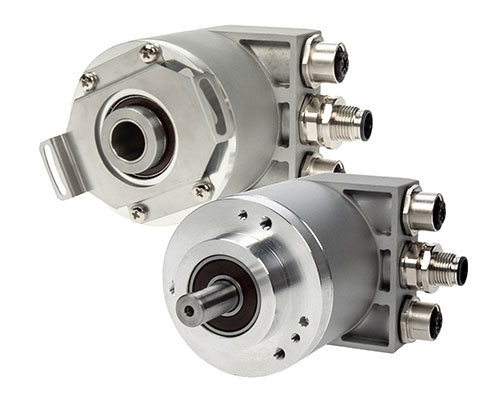In motion control systems, an encoder is a tool used to measure direction, speed, and position. In order to discern movement, it transforms mechanical motion into electrical impulses. Because they provide accurate control, encoders are crucial to automation, robotics, and industrial machinery.
Important distinctions between Incremental and Absolute
In motion control systems, absolute and incremental encoders have different functions. The ways in which they provide precision, react to power outages, track position, and accommodate different applications are where they diverge.
Data production and position monitoring
Even in the event of a power outage, absolute encoders always offer an exact position value. They do away with the requirement for recalibration.
Because incremental encoders need a home position at starting to establish absolute location and track changes in relative position, they are less effective in applications that need position memory.
Dependency on power and memory
Motion control systems maintain accuracy even in the event of power outages thanks to the absolute encoder, which internally stores position data.
In certain applications, downtime may result from incremental encoders losing location data when the power is switched off and needing to be rehomed before continuing.
Accuracy and resolution
Absolute coders are perfect for precision applications like robotics and CNC machines because they frequently offer higher resolution and greater accuracy.
High resolution can be achieved with incremental encoders, but they require an external counter to continuously track movement, which over time could introduce mistakes.
Expense and intricacy
Because of their sophisticated electronics and data storage capacities, absolute encoder is more costly, but they offer long-term precision and dependability.
For situations where absolute positioning is not necessary, incremental encoders are a common option since they are less expensive and easier to deploy.
Aspects of performance and speed
For systems that need to detect motion quickly, incremental encoders provide quick reaction times because they are designed for high-speed applications.
Absolute encoder is appropriate for applications where maintaining precise position is crucial because they put accuracy above speed.
When should absolute coders be used?
Applications needing constant position tracking even in the event of a power outage are best suited for absolute encoder like automation and robotics, CNC machines, medical equipment, and applications in satellite and aerospace.
When should incremental encoders be used?
Applications that emphasize motion tracking speed, and relative position sensing are the greatest fits for incremental encoders like conveyor belt systems, motor feedback systems, and automated doors and lifts.

